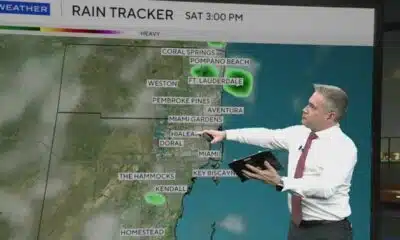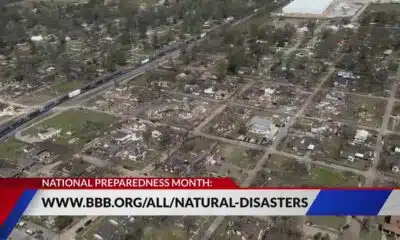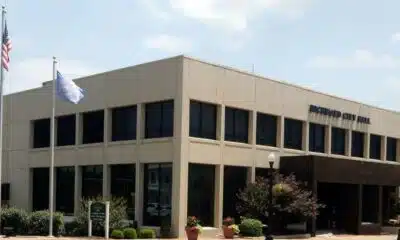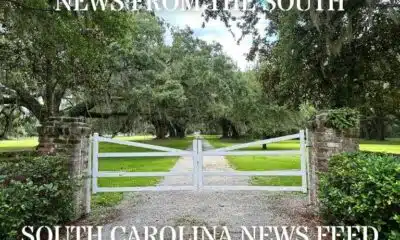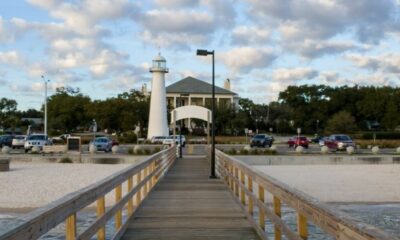(The Center Square) – Over 75,000 Democratic voters have cast early ballots ahead of Virginia’s June 17 primary, with turnout the highest in Hampton Roads and Northern Virginia districts holding competitive races.
House Districts 81, 80 and 93 — covering parts of Virginia Beach, Norfolk and Newport News — each reported over 1,400 ballots as of May 27, according to the Virginia Public Access Project. Republican turnout remains much lower, with just over 7,000 ballots returned statewide.
There are no statewide Republican primaries this cycle, and both major party nominees for governor are already set. Republican Lt. Gov. Winsome Earle-Sears is running unopposed and recently released a 30-second ad focused on her military service and values.
“If you want another typical politician, look to Washington,” she says. “But if you want a United States Marine who will always fight for Virginia, I’m Winsome Earle-Sears.”
Democrat Abigail Spanberger is also unopposed and remains active on the trail. She is running on a policy agenda focused on lowering drug prices, improving public education and addressing cost-of-living issues. Her campaign has raised over $16.3 million.
The most competitive statewide primary is the six-way Democratic race for lieutenant governor. Sen. Ghazala Hashmi is airing a new ad tying her platform to reproductive rights and her 2019 Senate flip.
“I ran in what was the heart of the Confederacy to take on Trump, and I flipped the State Senate,” she says.
Former Richmond Mayor Levar Stoney leads in fundraising with over $1.4 million and was endorsed last week by actor and education advocate LeVar Burton.
Del. Aaron Rouse has raised $1.18 million and is highlighting his votes to defend abortion rights and cut taxes for seniors. He’s also positioned himself as a direct counter to Trump’s influence in Virginia.
Other Democrats in the race include Babur Lateef, Victor Salgado and Alex Bastani. Republican John Reid is unopposed on the ballot, though John Curran is mounting a write-in campaign after failing to qualify.
Early voting runs through June 15. The last day to request a mail ballot is June 7.



